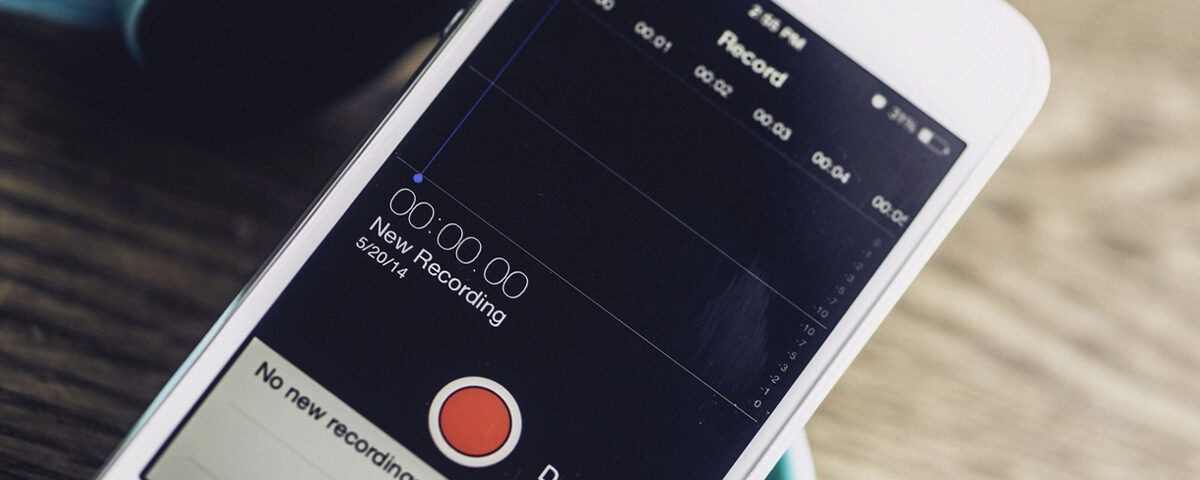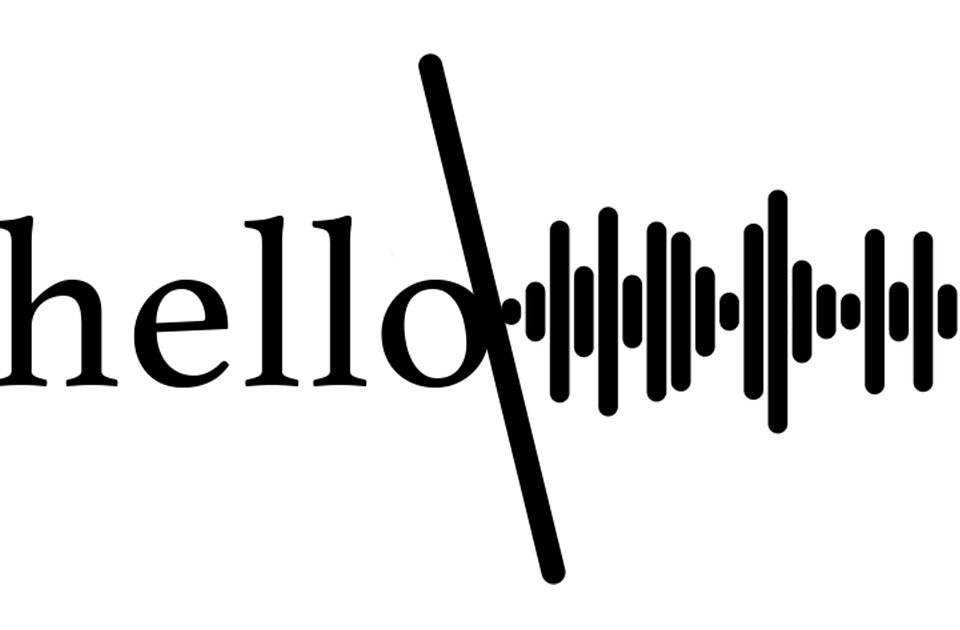Audio Mobile Recording for Musicians, Podcasters, and Vloggers
The world of audio content has grown exponentially in recent years, with musicians, podcasters, and vloggers seeking new ways to create high-quality content while on the go. Audio mobile recording has emerged as a popular solution for capturing crisp, clear audio in various environments. This article discusses the advantages of audio mobile recording, best practices for ensuring top-notch recordings, and the essential equipment needed to get started.
Advantages of Audio Mobile Recording
- Flexibility: Mobile recording setups are portable and lightweight, allowing creators to capture audio in diverse locations and settings. This enables musicians, podcasters, and vloggers to produce content on the go, whenever inspiration strikes.
- Cost-effective: Audio mobile recording generally requires less investment than traditional studio setups, making it an accessible option for content creators on a budget.
- Ease of use: Many mobile recording devices are user-friendly, with intuitive interfaces that make it simple for creators to set up and begin recording quickly.
- Improved technology: As mobile recording equipment has advanced, the quality of audio captured on mobile devices has improved, often rivaling that of traditional studio setups.
Best Practices for Audio Mobile Recording
- Choose a suitable recording environment: Select a quiet space with minimal background noise to ensure the cleanest audio possible. Consider factors such as room acoustics and the presence of echoes or reverberations.
- Proper microphone placement: Position your microphone close to the sound source while maintaining a consistent distance throughout the recording session. This helps to capture the best possible audio quality and minimize unwanted noise.
- Use headphones: Monitoring your audio through headphones allows you to identify and address any issues in real-time, ensuring a high-quality final product.
- Record multiple takes: Recording multiple takes provides options during the editing process and increases the likelihood of capturing a flawless performance.
- Save and backup your files: Regularly save and backup your audio files to prevent data loss.
Essential Equipment for Audio Mobile Recording
- Microphones: A high-quality microphone is crucial for capturing clear, detailed audio. There are various types of microphones available, each suited to different purposes, such as dynamic, condenser, and lavalier microphones.
- Audio interfaces: An audio interface connects your microphone to your mobile device or computer, converting analog signals into digital formats. Many audio interfaces also provide additional features such as preamps and headphone outputs.
- Headphones: Monitoring your audio with a reliable pair of headphones is essential for identifying and addressing any issues during the recording process.
- Recording software/apps: To capture and edit your audio, you’ll need recording software or apps compatible with your mobile device or computer. Popular options include GarageBand, Audacity, and Adobe Audition.
- Pop filters and windscreens: These accessories help to minimize plosive sounds (such as “p” and “b” sounds) and reduce wind noise, resulting in cleaner audio.
- Portable recording devices: For those who prefer an all-in-one solution, portable audio recorders like the Zoom H-series and Tascam DR-series offer built-in microphones and audio interfaces.
- Tripods and mic stands: These accessories provide stability for your microphone, ensuring consistent audio capture throughout your recording session.
Summary
Audio mobile recording has become an essential tool for musicians, podcasters, and vloggers, providing flexibility, cost-effectiveness, and ease of use. By following best practices and investing in the right equipment, content creators can produce high-quality audio recordings in diverse settings. Embrace the possibilities of audio mobile recording and take your content creation to new heights.


